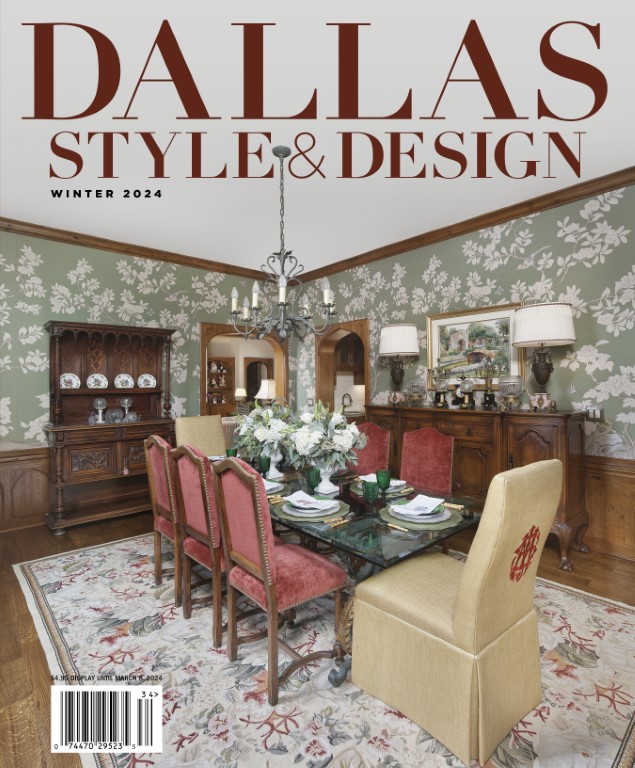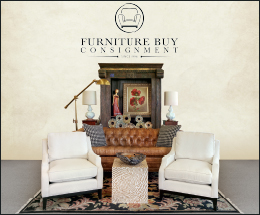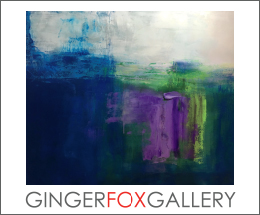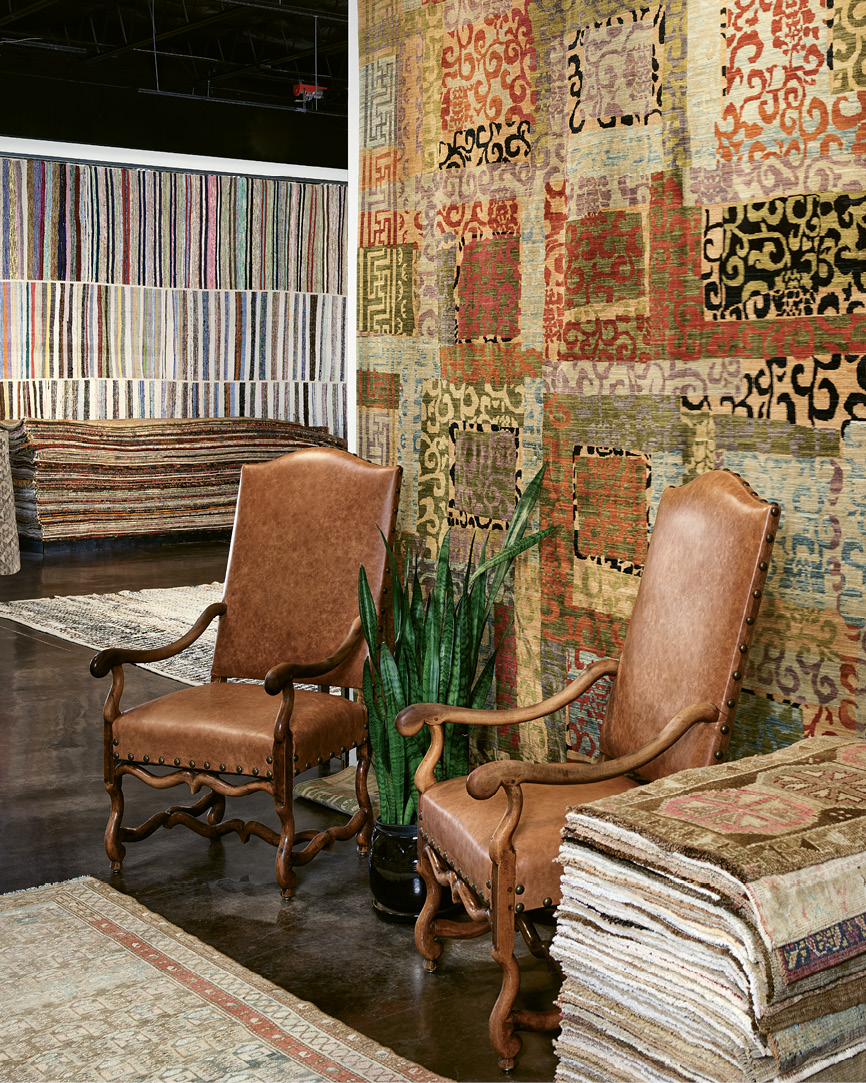
Walking through Nomads Loom in Dallas, customers embark on a journey through historic rug weaving centers. From decorative Serapi rugs hailing from the Caucasus region, Persian Bakshaish pieces and Moroccan rugs woven by Berbers to antique Oushak rugs from Turkey, the Sirinoglu family has created a collection of one-of-a-kind pieces. The family-run store is the culmination of four generations of experience, passion and tutelage passed down from the masters.
“Our knowledge about antique rugs is really high, and we strive to get good antique rugs, not just any generic antique rugs,” explains Sarven Sirinoglu, store manager and the son of owner Nazaret Sirinoglu. “We’re shrewd shoppers, and we try to pass that along to our customers who appreciate our taste and our quality.”
Sarven Sirinoglu’s great-grandfather was a rug trader; his grandfather, Haygaz, was trained under the master weaver Zareh Penyamin; and then his father, Nazaret, designed and manufactured fine silk rugs. The style is considered one of the finest made in the world. In the late ’70s, the Armenian family left Turkey and moved to Paris and then New York for more opportunities, but they quickly discovered Dallas and fell in love. They relocated to the Lone Star State, and in 1975, Nazaret Sirinoglu opened the doors to Nomads Loom, and his brother opened a rug cleaning business, Armen Oriental Rug Cleaning.
Sarven Sirinoglu grew up in the rug store in the World Trade Center and remembers the large windows of their first store and playing while his father worked with customers, vendors and colleagues.
“I literally grew up in the store,” he says. “Whenever there was a day off at school, I would come, or during the summer, I would spend it in the store.”
Nomads Loom first opened on the third floor of the World Trade Center, relocated to the 11th floor, then received space on the highly coveted ground floor. In 2018, the family moved the store to its current location in the Design District. For almost 50 years, they’ve earned a reputation for having exceptional knowledge and a large selection of antique rugs from Persia, Turkey, the Caucasus region (including Armenia and Azerbaijan), Morocco and Western China. They also set the standard for rugs in the Texas market, having been one of the first importers of antique Oushak and Persian rugs to the Dallas-Fort Worth marketplace.
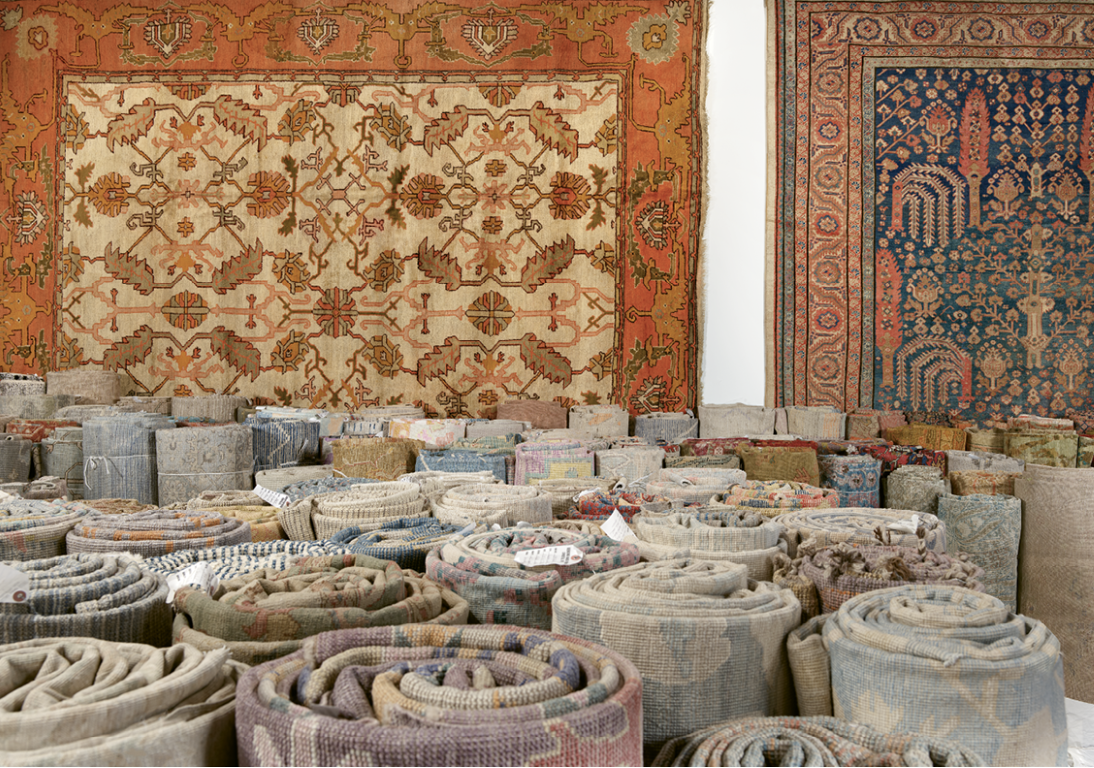
About a decade ago, Nomads Loom added newer rugs to its collection to incorporate a wider range of colors and designs. Newer weaving centers include India, Afghanistan, Nepal, Turkey and Tibet—providing the Sirinoglus with a range of selections, from fresh off the loom to 200-year-old pieces.
But it’s not just sales that bring customers to their store. Rug owners can also bring in their pieces for expert cleaning, consultations, repairs and appraisals. The store has an in-house repairman and a large network of experts who can tackle more difficult projects. For example, their Persian and Turkish rug experts have a wealth of knowledge about the knotting and proper color matching for a region’s or era’s tapestries.
The most common repair issues with antique rugs are damaged fringes, as the secure binding breaks from being vacuumed or wear and tear. Also, many customers come to the store for help cleaning rugs after a pet has an accident on them.

“It has to be taken care of pretty fast,” Sirinoglu says. “The wool on a good rug is ‘alive.’”
Especially in rugs that were made a century ago, weavers used organic materials, such as hand-washed, cleaned and processed dyed wool. The rugs, therefore, have natural oils and nectar that need to be cared for and react strongly to the acid in pet urine, and moths can be attracted to the material. Sirinoglu refers to rugs like this as a sponge or filter in the home, and he recommends a light suction vacuum once or twice a week and shaking it out and leaving it in the sun every six months or so. Professional cleaning is recommended every one to two years.
“The rug really is a live item. When you put the rug outside in the sun, the colors just come alive,” he says. “It’s pretty amazing besides just as a piece of décor. It’s strong, it’s durable, it’s artistic and, literally, underappreciated.”
Christiana Lilly is a freelance journalist in Pompano Beach, Florida. See more of her work spanning the arts, community news and social justice at christianalilly.com.

